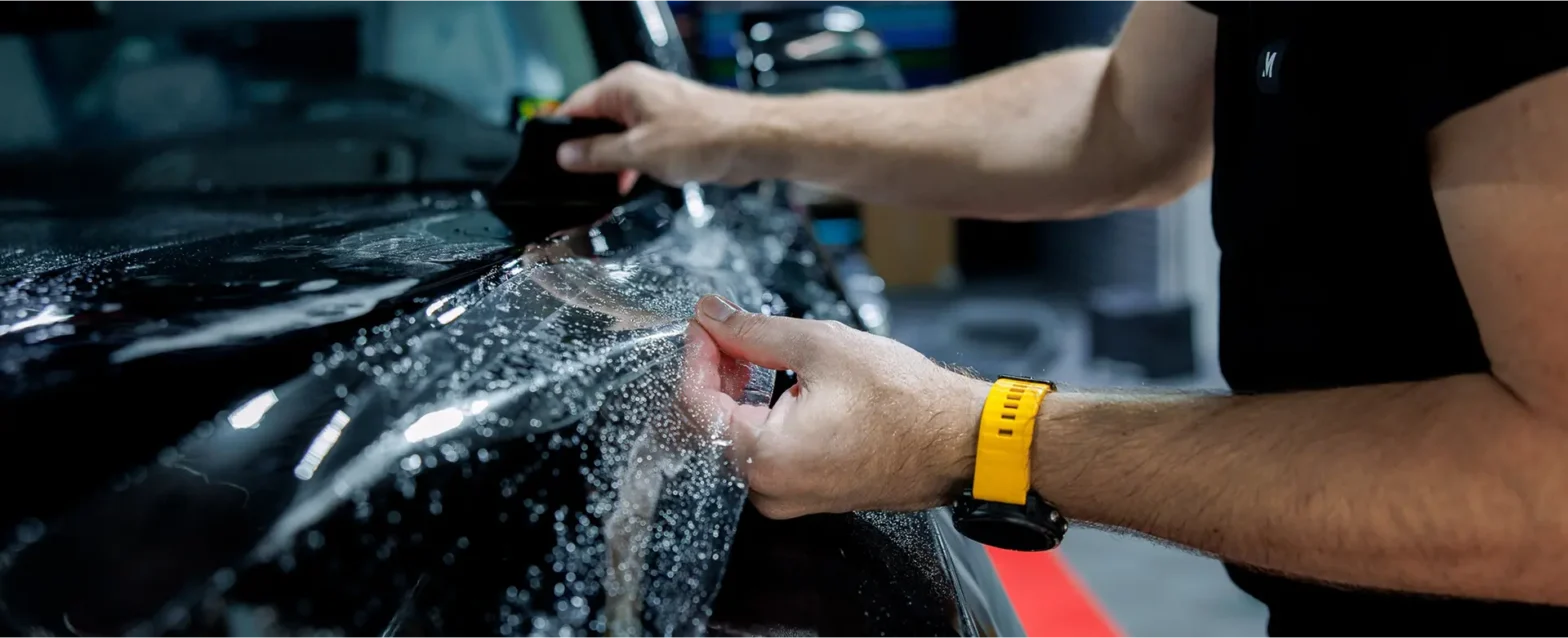Your new wrap looks incredible. The color is vibrant, the finish is flawless, and your vehicle stands out on every street. Now comes the important part: keeping it that way. Florida's climate can be brutal on vinyl, but with the right approach, you can extend the life of your investment.
Most car owners ask us: how long do car wraps last in Florida? The answer depends largely on how you care for them. A quality wrap can survive five to seven years in our state, but only when given the attention it needs. Here are five actionable steps to help you maintain your wrapped vehicle and protect it from sun, salt, and everything else.
How to Maintain a Car Wrap for Long-Term Results
If you live near the beach, salt air is a constant challenge. Salt accelerates corrosion and can weaken the adhesive bond between vinyl and your vehicle's surface. Regular rinsing becomes even more critical for coastal car owners.
Understanding how to maintain a wrapped car means adapting your routine to your environment. Coastal owners should rinse their vehicles at least once a week, even if they don't look dirty. Inland owners can extend this to every two weeks, depending on exposure.
Investing in salt protection for cars in coastal areas is essential to extend both the life of your vinyl wrap and the underlying paint.

Professional Installation and Quality Materials Make the Difference
The lifespan of your wrap starts with installation. A skilled installer applies vinyl smoothly without bubbles, folds, or weak points. They know how to handle curves, edges, and complex body lines so the wrap adheres correctly from day one.
High-quality vinyl resists fading, cracking, and environmental damage better than budget options. When you invest in premium materials and experienced installation, you're already ahead in terms of durability. Poor installation or cheap vinyl will fail faster, regardless of how well you maintain it.

What to Do If Your Wrap Shows Signs of Wear
Even with excellent care, wraps eventually show age. Fading, peeling, or lifting edges are signs that your wrap is nearing the end of its lifespan. When this happens, contact a professional to assess whether a repair or full replacement is needed.
Removing old vinyl protects the paint underneath. Leaving damaged wrap on your vehicle exposes the paint to elements and can make removal more difficult later. A fresh wrap restores your vehicle's appearance and provides another several years of protection.

Maximizing Car Wrap Lifespan in Florida's Climate
Understanding how long a car wrap lasts in Florida comes down to three key factors: using quality materials, relying on skilled installation, and keeping up with consistent maintenance. Florida’s intense sun, high humidity, and coastal salt exposure create challenges that few other climates can match.
By following five simple steps, you can extend the lifespan of your wrap and keep your vehicle looking sharp for years. The effort you put into learning how to maintain a car wrap pays off with lasting appearance and long-term value. Proper care isn’t complicated, but it does require consistency. Most wrap damage happens gradually through neglect rather than sudden incidents. By setting a routine that works for your schedule, you’ll give your wrap the best chance to thrive.








